St. Helena AVA
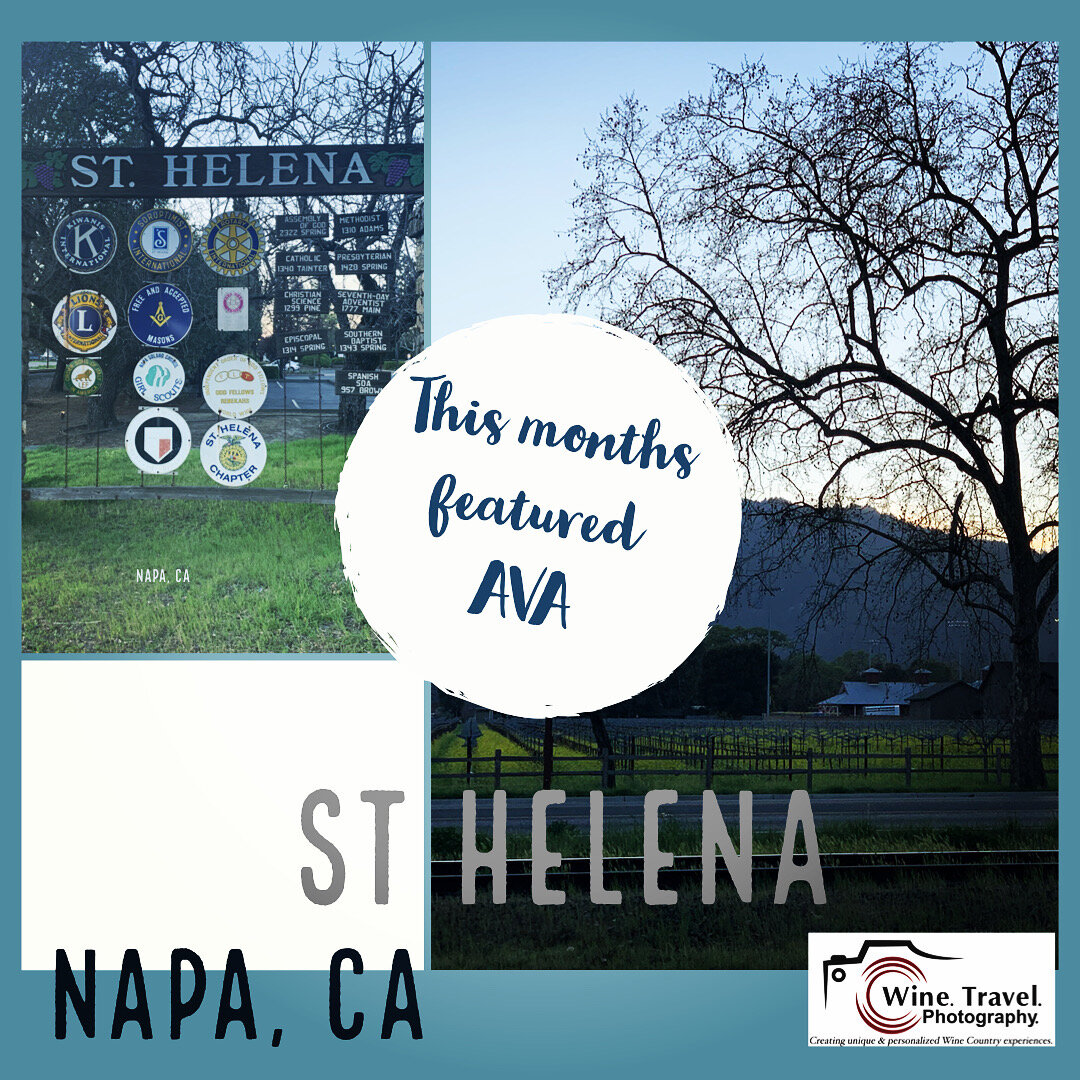

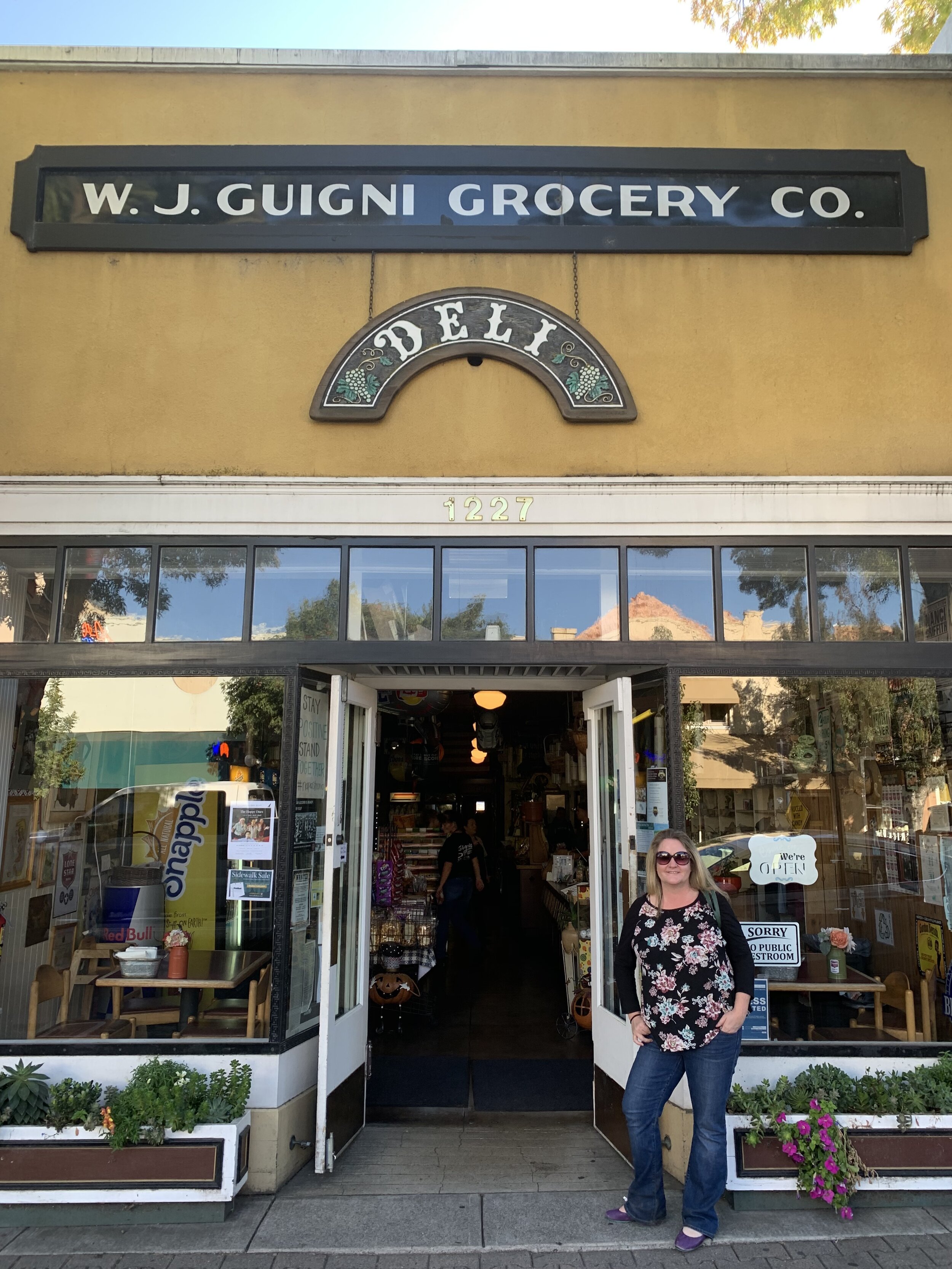
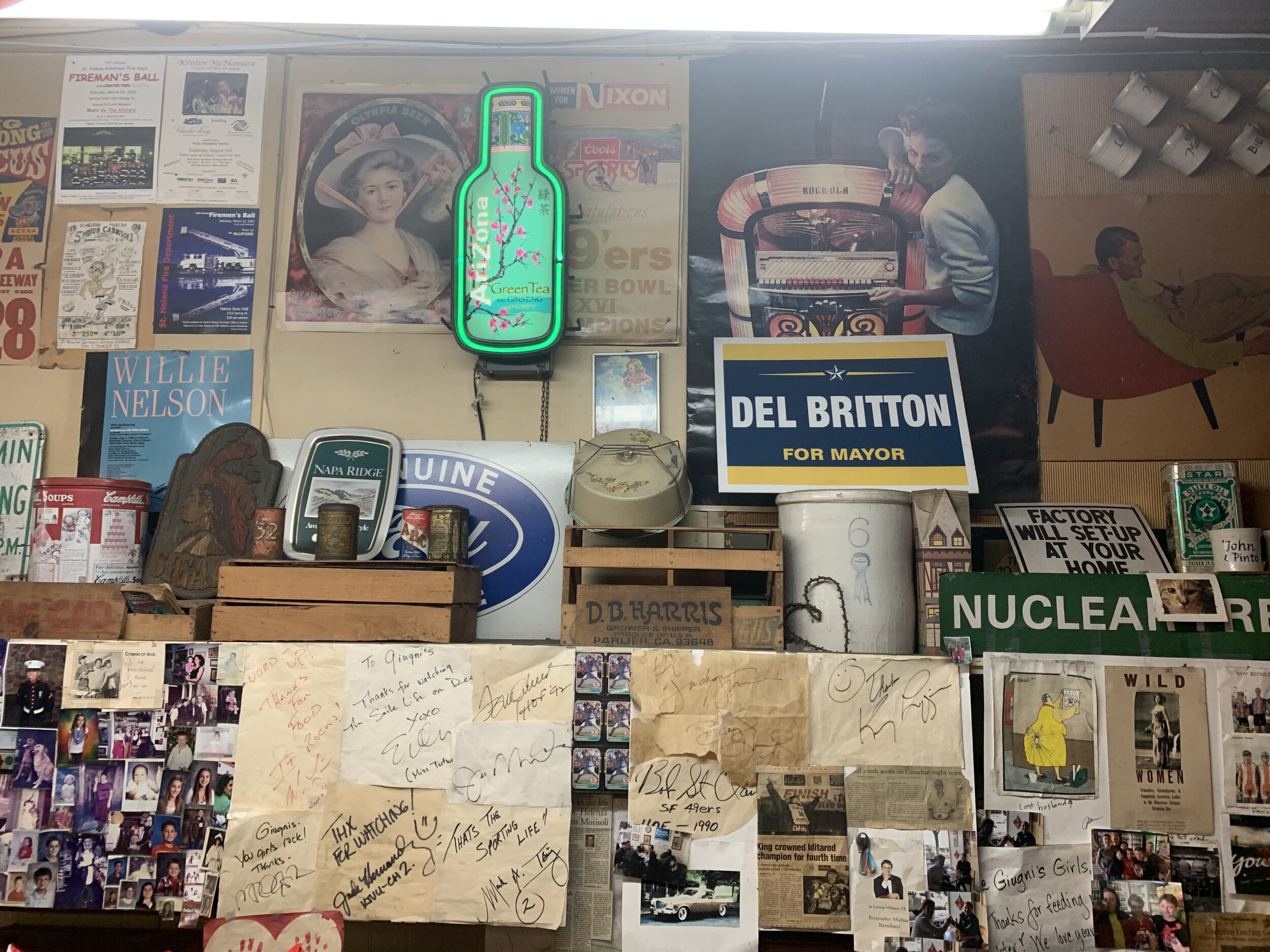
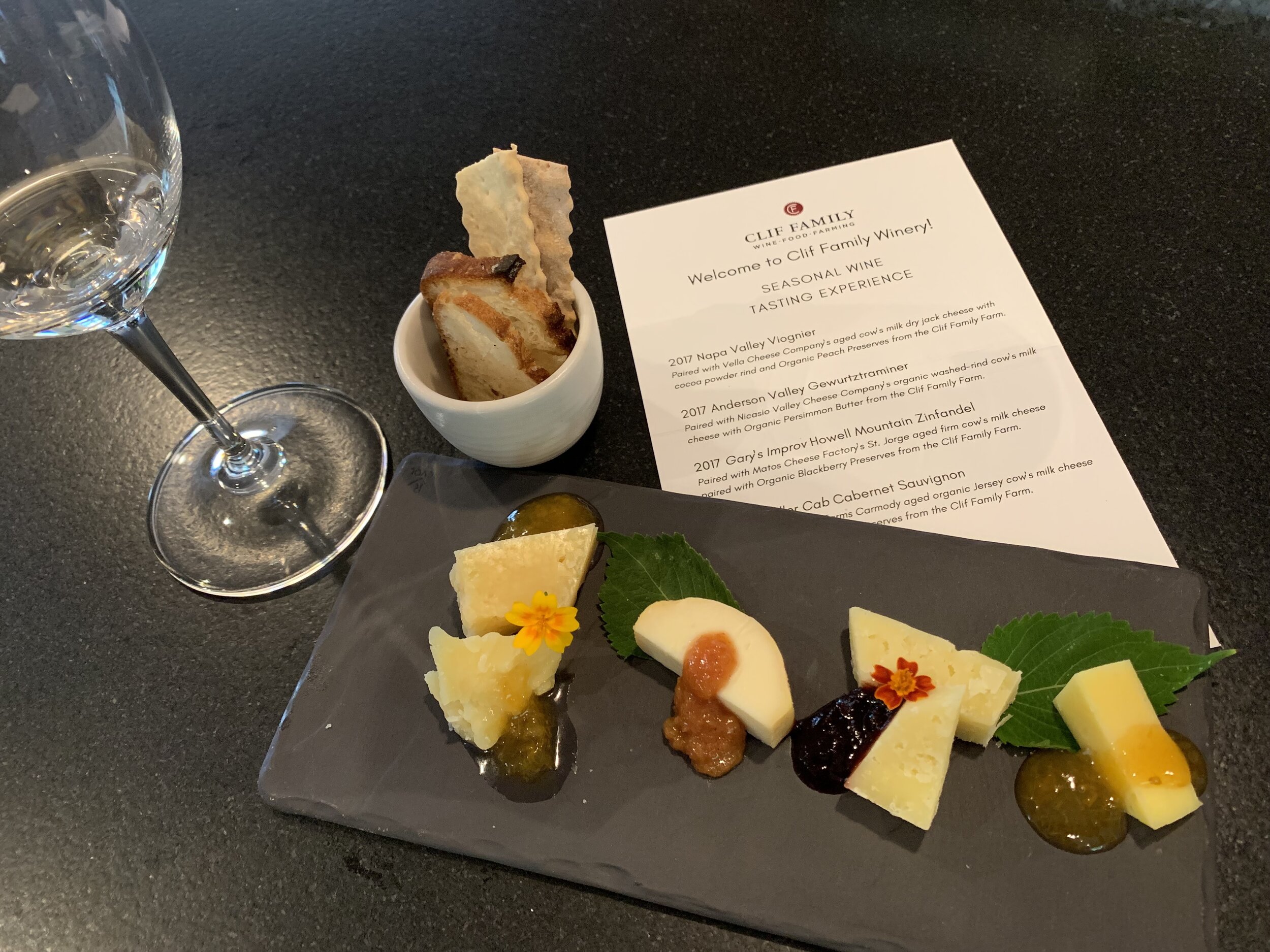



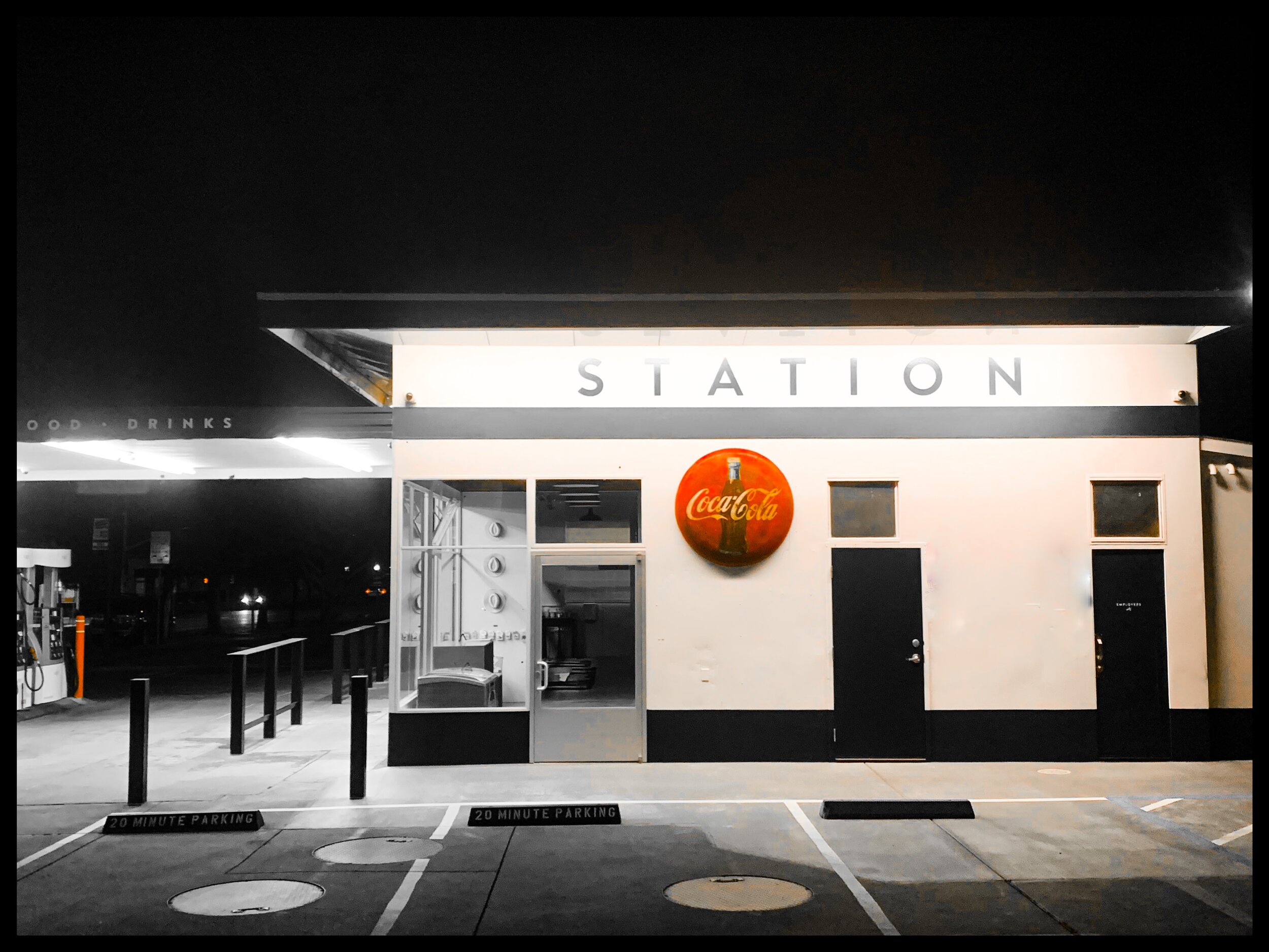
Established in 1995, the St. Helena AVA is home to some of Napa’s most recognizable names, including Charles Krug, Beringer, and Joseph Phelps. We’ll learn more about Charles Krug, “the father of Napa Wine” later on in the month.
History
Napa is known all over the world for its remarkable wines, and St. Helena is where it all began. Grapes were grown here as early as the 1840’s when General Vallejo gifted Edward Bale property in St Helena in celebration of his marriage. Bales’ bride wasted no time in planting Mission grapes and watching them thrive. That area is now known as Beckstoffer’s Las Piedras Vineyard, and it is still producing grapes.
In 1861 Charles Krug founded his winery, beginning a legacy that still stands strong today. It wasn’t a smooth easy road though.
In 1873 Krug and Henry Pellet met great resistance when attempting to sell their Mission grape wines back East-people were partial to their European varietals. On top of that Phylloxera (a microscopic aphid that eats grape roots) was spreading through California grape vines, causing great concern and eventually the need to change the types of grapes entirely.
Krug and his fellow visionaries, Henry Pellet and Seneca Ewer, persevered. They founded the St. Helena Viticultural Club and boldly kept moving forward. We have them to thank for solidifying Napa Valley’s place as the world renowned wine-making mecca that it is today.
Climate and Soil
The St. Helena AVA receives greater protection from the western hills than many of the AVA’s we’ve learned about so far. That means less fog, and less cooling ocean breezes. The area is the narrowest part of the Napa Valley floor, and therefore receives more heat reflection from the nearby hillsides. The peak temperatures in the summer reach 90◦F.
The South and West borders are sedimentary and gravelly, with lower fertility and moderate water retention. The Northern and eastern soils are more volcanic as well as more fertile.
Biodynamic agriculture matters in St. Helena, and they’re going to be ahead of the game as that becomes more and more important and embraced.
Grapes
You’ll definitely find Cabernet here, and it’s worth noting St Helena Wines are more about developing food wines; nuanced wines. It’s not so much about packing a huge punch with big, bold, “in your face” wines. You’ll also find Cabernet Franc, Syrah, Zinfandel, and even Sauvignon Blanc.
Some wineries worth visiting are Charles Krug (read next weeks’ blog for more info!), Beringer, Duckhorn and the Clif Family Winery.

